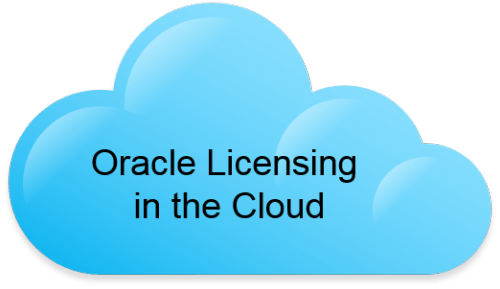
- #Oracle java licensing changes update
- #Oracle java licensing changes Patch
- #Oracle java licensing changes software
#Oracle java licensing changes update
Switch to Oracle JDK version 17+ and implement an update procedure which upgrades the Java installations every 6 months.

#Oracle java licensing changes software
Gather the data on which versions are in use and switch to free versions of Oracle software or uninstall all paid versions and implement a companywide restriction on the usage/installation of the licensable versions.Jrockit mission control, Flight recorder, Real time deterministic GCĪctionable steps to take against the Oracle Java 2023 licensing changes.However, keep in mind that some components of Oracle need to be paid for, even if you are using the free version.
#Oracle java licensing changes Patch
Furthermore, “Oracle JDK version 17” and above are free to use, provided you keep upgrading to the newest patch to stay compliant. Oracle’s licensing model requires that customers pay for any version of “Oracle Java JDK” that were released AFTER the 211 patches. It is essential to find out which versions are in use as you only need to pay for specific versions of Oracle. However, this can be beneficial if you’re a small firm with a large server environment that uses Java (processor licenses were more expensive than user licenses).Īs a customer, the first and most important step is (if you do not already have one) to get an overview of the Oracle installations within your company. Even though the majority might not even use the software. Given that Oracle is now using the total employee count as its new license metric, this means that most companies will see a significant rise in software spend as every employee will have to be licensed. Implications for current and potential users Please note – Existing licensing agreements eg: Java BCL, Java OTN, and Java NFTC will remain valid. You cannot purchase user and processor licenses from Oracle any longer. This leads to massive, unpredicted increases in your software spend.Ģ. You will need to pay for all internal and external employees within your organization whether you are using the software or not.

In this model the license metric is changed to the number of employees only, with different price tiers for different ranges of employee numbers.

Now, it has abandoned this model in favor of an “Employee for Java SE Universal Subscription” model. Formerly, Oracle Java used to employ a Named User Plus Licensing system (user licenses) and Processor licenses (server licensing). In this blog, we highlight the main changes in the pricing model and present a brief overview on the implications.īefore we dive deeper into the implications for users and the best responsive actions, it is best to summarize the changes in the pricing model itself and then go over the effects this will have on your software spend. Everyone is keen to know the specifics of these Oracle Java 2023 licensing changes and how these changes will impact you. Since the release of the new Oracle Java pricing model on the 23 rd of January this year, we have received many questions from customers. This blog post was written by: Tom Oostveen and Anubhav Chaudhary, ITAM Consultants.


 0 kommentar(er)
0 kommentar(er)
